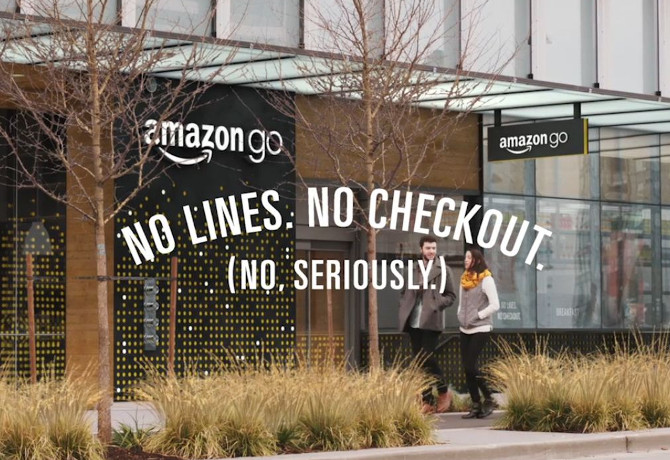The time has come to move from theory and lab-based experimentation to scalable real-world innovation, writes Jean-Paul Edwards.

After 50 years in the wilderness, artificial intelligence is now undoubtedly a hot topic. We have all seen the headlines about AI accomplishing remarkable feats; beating the best humans at Go and poker, driving millions of miles with fewer accidents than human drivers or optimising a whole range of invisible back end logistics. The list of practical applications and disruptions is growing by the day.
AI has developed to the point where it is becoming that much more visible to the general public. Through the apps we use on our smartphones to voice assistants such as Alexa embedded in devices like the Amazon Echo. Now that we have these services and devices out in the field, the question of how brands can utilise AI most effectively has shifted from a near future theoretical question to an urgent practical question.
Retail is an area that is ripe for innovation and disruption by AI technologies, from invisible back-end optimisation to very tangible changes in the way that consumers interact with brands. It is forecast that AI technologies will manage 85% of customer interactions in retail by 2020.
We are right at the beginning of this revolution and perceptions differ greatly across industry: 77% of grocery retail directors believe that AI and machine learning will have a significant impact on customer interactions, whilst 60% of CMOs believe that AI is not yet ready for consumer interactions.
AI-powered innovation
However, we are beginning to see consumer-focused experiments in AI-powered retail innovation.
Amazon’s Go store in Seattle is an early concept that uses machine vision to recognise customers and products, removing the annoying checkout process; consumers are charged for the products they leave the store with.
1-800flowers.com created a gift selector to guide customers in making a more thoughtful and meaningful gift purchase.
And Estée Lauder created the Mortimer No6 gift buying chat bot to guide inexperienced or time-poor buyers (think the world’s husbands and boyfriends) in selecting the right cosmetics gift.
The technology is now proving to be workable and today’s experiments will soon scale to become the major marketing disruptions of tomorrow. To do that, AI engineering needs to be blended with marketing insights; understanding consumer need states and beliefs, brand attributes and UX, as well as the potential impact on the business in terms of both demand growth and cost savings.
Retail experience
We are rapidly moving towards a world in which AI technologies will impact the retail experience.
Store layouts are optimised around real-time consumer data, potentially changing throughout the day to pre-empt and predict changes in demand based on multiple data sources from weather to local events, audience proximity and competitive pricing.
Product recommendation services will curate far more personalised combinations of products. For example, original personalised recipes optimised to taste, health, cost and ease or personalised tailoring showcased in virtual mirrors as consumers walk by.
AI activations may well become the purchaser of many products, leading to questions such as how do we market to them or influence the consumer to change settings to favour a given brand’s attributes.
The optimal approach will change significantly as the technology develops and we all gain positive and negative experiences of interacting with AI. This means we need to track a variety of long-term issues:
– Do we really trust AI with our data and ability to make purchasing decisions for us? How will this change as AI start to make better decisions than some of us?
– How should brands be expressed through AI technology, such as chat bots? Should there be a branded voice or personality?
– Where are the short-term killer applications of AI in retail? What difference can we make in 2017?
The time has come to move from theory and lab-based experimentation to scalable real-world innovation. This week we at OMD are hosting partners and clients for a retail AI hackathon to explore a range of AI APIs and services, investigate different retail use cases, develop prototype experiences and measure consumers’ responses to them.
AI is the next big frontier in marketing and, as such, we need to pay a lot more attention to what has been built by the engineers to capture and leverage data. Looking forward, we need to bring excellence in marketing craft to the technology in order to build value propositions that are embraced by consumers and drive tangible value for brands.







